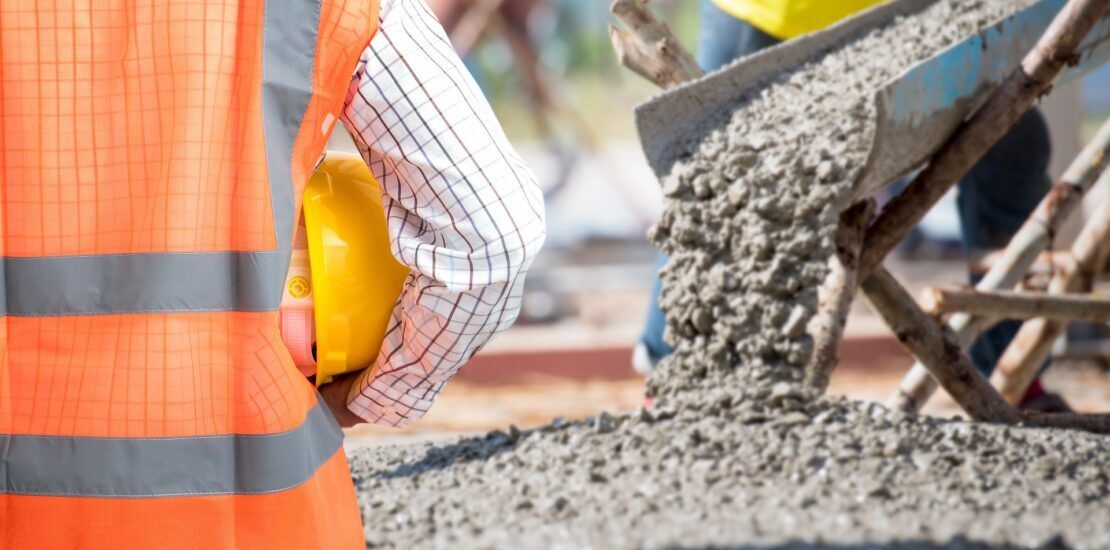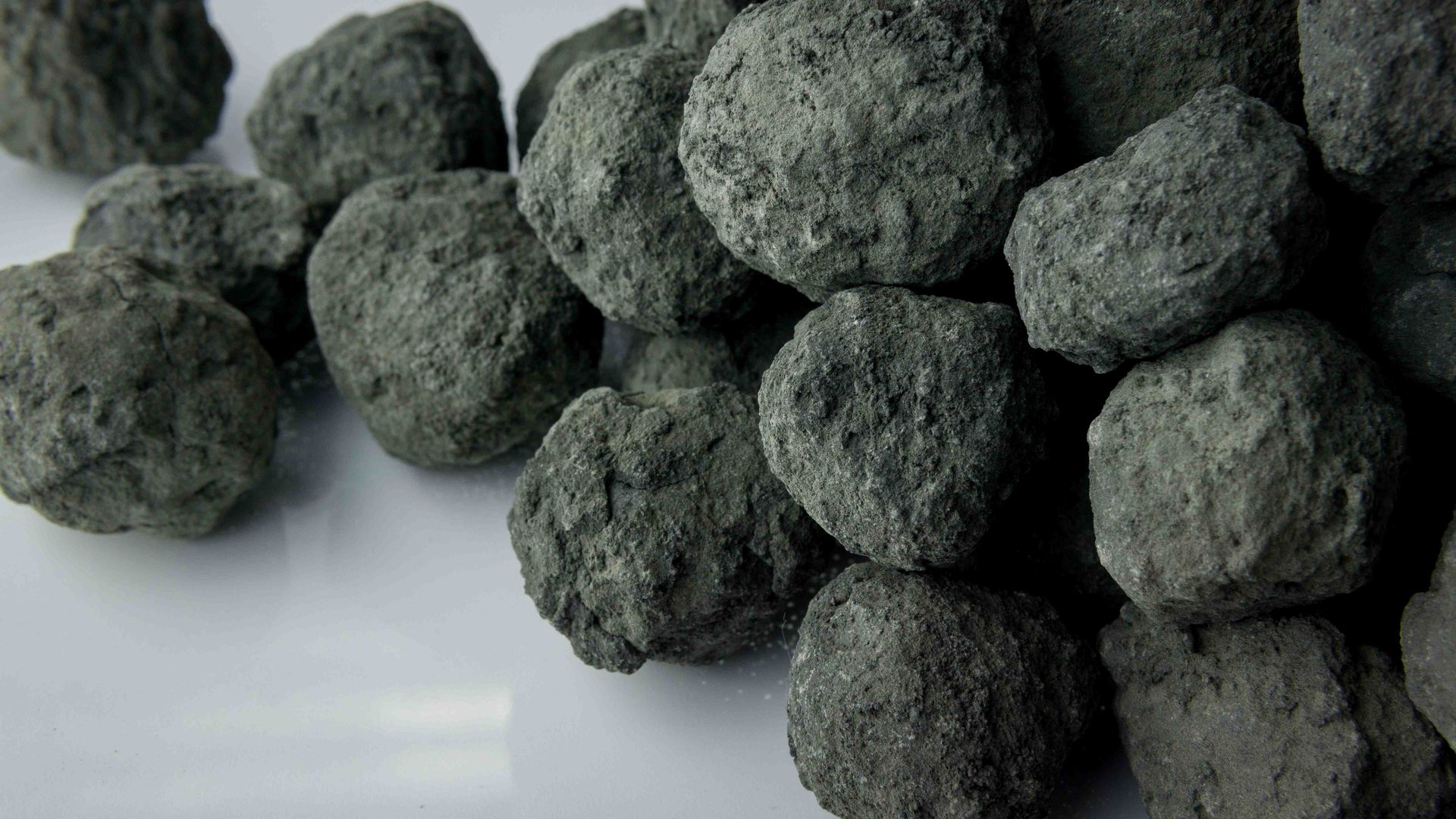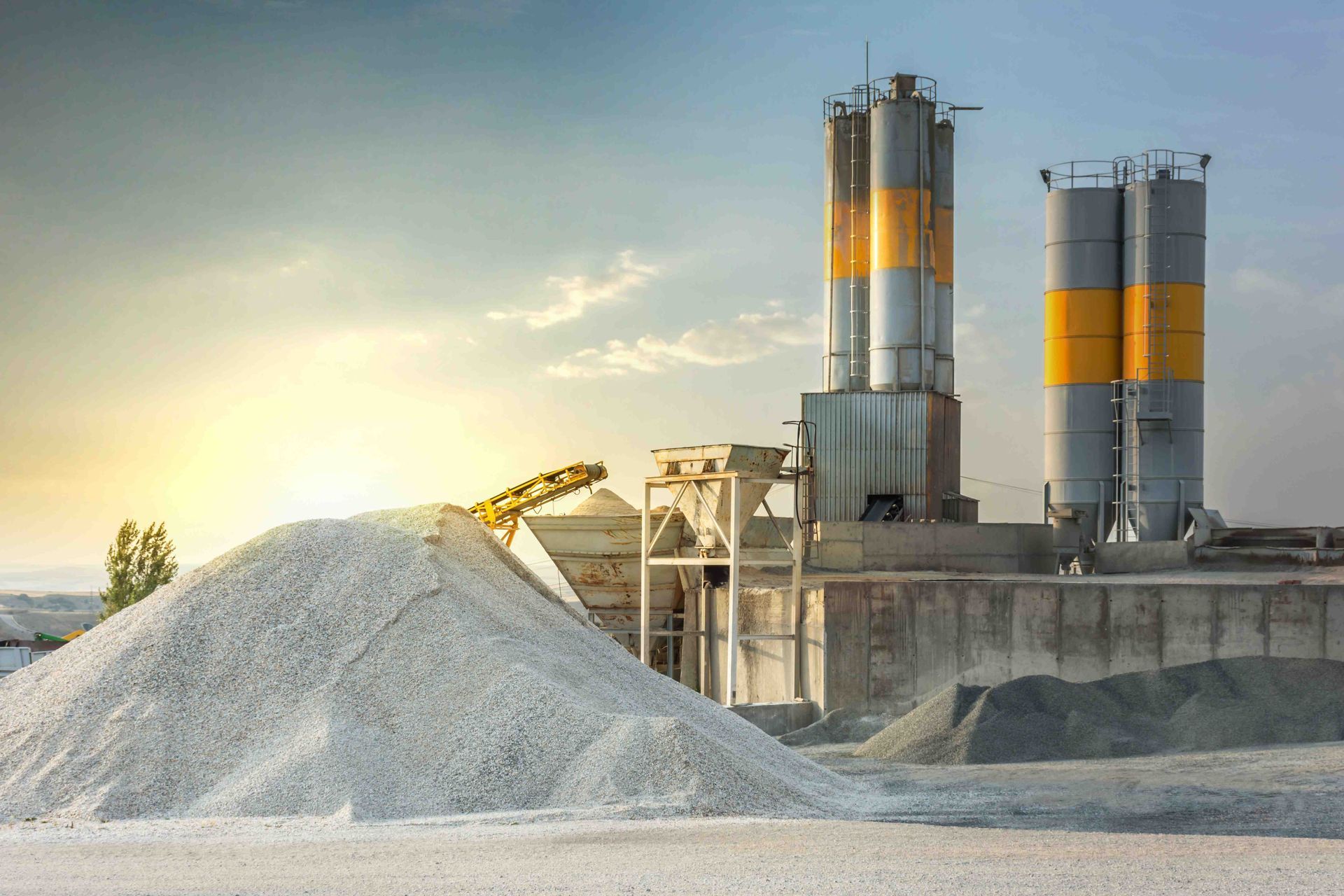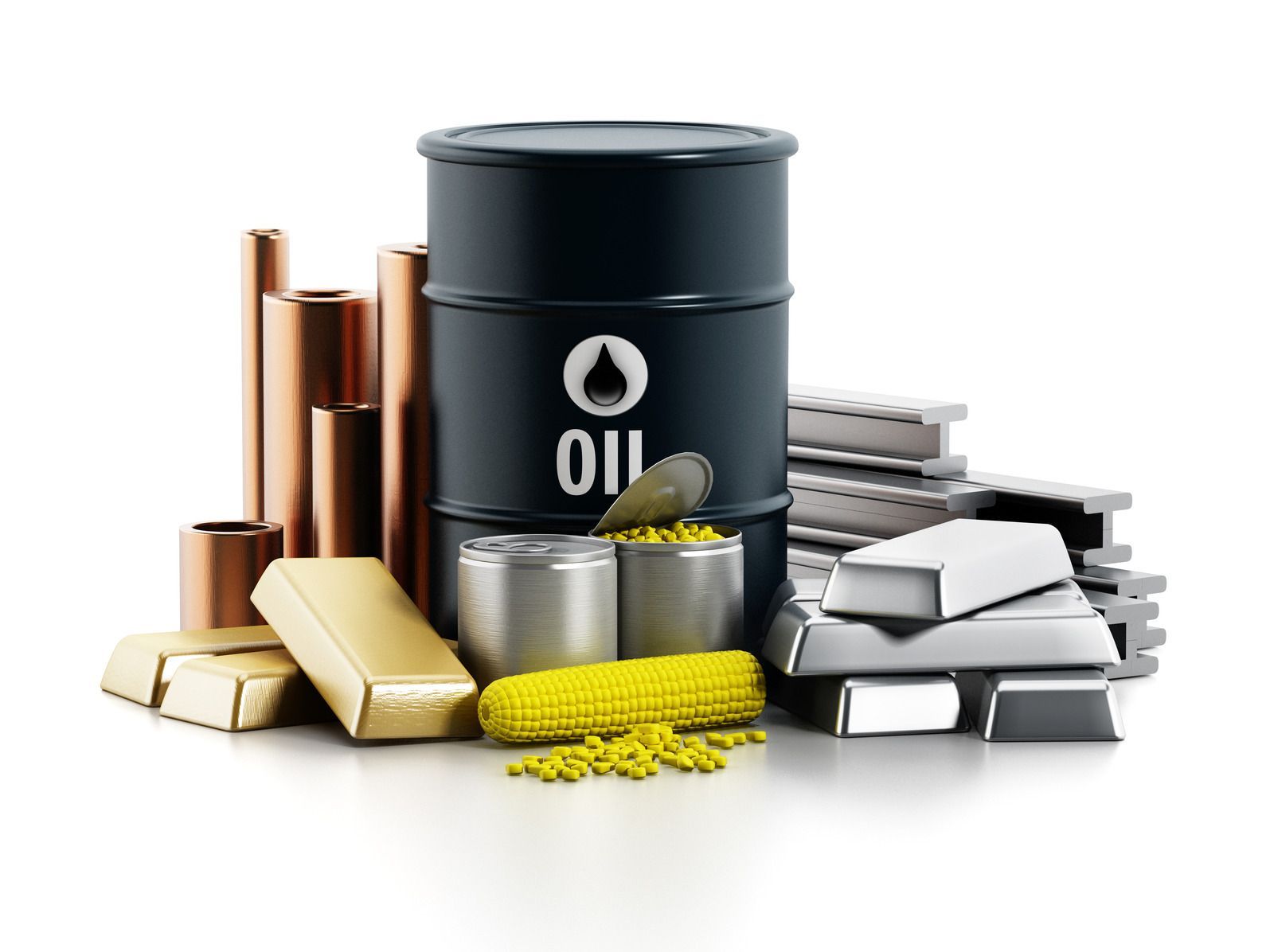How Is Concrete Made From Limestone?

Limestone
Limestone is a sedimentary rock. It is made of shell fragments, small fossils, and other fossilized debris. Predominantly limestone is gray, but one might come across other colors like yellow, white, or brown. In terms of hardness, it is a soft rock and hence, easy to scratch. Texture and posterity-wise limestone vary a great deal. Sometimes the limestone deposits undergo metamorphism during some significant geological event and crystallize into marble.
Limestone has great potential as a building material, and this fact was even recognized even by the ancient Egyptians. The famous Pyramids of Egypt, and several other landmarks, were made of limestone.
Limestone Is Used In Cement
People tend to use the terms concrete and cement interchangeably, but that is incorrect. It is because cement is used to make concrete, so the two cannot mean the same thing. To make things absolutely clear, concrete is obtained when cement, aggregates, and water are combined together.
Concrete = Cement + Water + Aggregates
Cement makes around 10% to 15% of the total mass of concrete. However, its exact proportions tend to vary depending on the properties desired of the concrete being made.
Types Of Limestone
Here is a description of some of the most common types of limestone:
- Coquina – Coquina comprises of raw, unchanged shell fragments, mostly large and roughly cemented by calcite. In texture, it is very coarse and porous. Generally, it consists of sea shells, oysters, and other fragments.
- Dolomite – Dolomite is a sedimentary carbonate rock. It is made up of calcium and magnesium carbonate. Sometimes it is also referred to as “Magnesium Limestone” because it contains anywhere between 5% to 40% magnesium carbonate.
- Calcarenite – Calcarenite consists of tiny sand-sized grains of calcite, generally in the form of small fossils, fossil debris, and shell fragments. Some calcarenites also contain oolites, and if their presence is significant, the stone is called “Oolite Limestone.” Therefore, Oolite limestone is a sub-category of calcarenite.
- Travertine – Travertine is a calcium carbonate. It is light in color and highly porous. Usually, it is formed from the solids present in groundwater.
- Microcrystalline Limestone – As the name itself suggests, this limestone has a crystalline structure that is not visible to the naked eye. Its crystal structure can only be seen when magnified. Hence, the name “Microcrystalline.”
- Oolitic Limestone – Oolitic limestone is a calcite-covered calcareous stone made up of shell fragments that are virtually non-crystalline This type of limestone is generally without cleavage. It has a uniform composition and texture. Also, oolitic limestones adjust well to temperature changes.
Making Of Cement From Limestone
Step 1 – Mining And Grinding – The process of making cement begins with the process of mining for raw materials like limestone and clay. The mined raw materials are ground into a fine powder, also known as “Raw Meal.”
Step 2 – Sintering – In a rotating cement kiln, the powdered limestone is heated to sintering temperatures as high as 1450⁰ C. The heat breaks down the original chemical bonds of the powdered raw materials and forms newer ones by recombining them into new compounds.
Step 3 – Clinker Formation – At the end of the sintering process, a hardened mass called “Clinker” is formed. These are round nodules measuring approximately between 1 mm and 25 mm.
Step 4 – Grinding And Mixing Of Clinker to Form Cement – Subsequently, in a cement mill, the clinker, too, is ground into a fine powder and mixed with gypsum. The result is powdered cement.
Hydration A Crucial Step For Making Concrete
Cement is mixed with water, crushed rock, and sand to form concrete. Water is added through a process called hydration, which starts the chemical reaction that results in the hardening and setting of cement, holding all of the components together as concrete. Before allowing the concrete to harden, the wet mix or the slurry must be poured into a mold. This is a necessary step as it ensures the mix hardens into the chosen shape. The last thing you need is a hardened blob of free-flowing concrete. Alternately, when the cement is mixed with just sand and water, it forms mortar, which is used for joining bricks together in any civil engineering project.
Quality Of Clinker Is Crucial
The superiority of the clinker is of prime importance as it determines the quality of the cement. In turn, the clinker quality depends on the quality of the raw materials. For example, the presence of excess free lime can result in increased setting time, less strength, and volume expansion. Therefore, the goodness of raw materials needs to be closely monitored.
Hydration is an exothermic process. It means the ambient temperature plays a crucial role in determining how long the concrete will take to set. Sometimes additives like pozzolans are added to the cement slurry to enhance the properties of the wet mix, hasten or delay the curing time, etc.
Concrete
Concrete is best defined as an artificial composite material. It comprises of fine and coarse aggregate bound together with a fluid cementitious material like Portland Cement or Asphalt.
Reinforced concrete or RC is a useful composite and is most widely used in modern constructions. The material used for reinforcing is steel, as steel and concrete form a strong bond that can resist many types of applied forces. Generally, RC is used in places that are most likely to face tension. RC can also be precast or cast in one place and used elsewhere. Common forms of precast concrete are slabs, columns, etc.
Summing Up
Cement is a core ingredient in making concrete. But alone, cement is not enough. To make concrete, Portland Cement (10% – 15%) and water (15% – 20%) are mixed to make a slurry. This slurry is mixed with aggregates (65% – 75%) like crushed stone, sand, and gravel. When cement comes in contact with water, a chemical reaction begins that causes the wet mix of cement, water, and aggregates to start hardening and setting (curing) into an impenetrable rock-like mass. This is how concrete is made and used in building homes, offices, bridges, dams, and other civil engineering projects.
The post How Is Concrete Made From Limestone? appeared first on PermuTrade.
Disclaimer: The information on this website and blog is for general informational purposes only and is not professional advice. We make no guarantees of accuracy or completeness. We disclaim all liability for errors, omissions, or reliance on this content. Always consult a qualified professional for specific guidance.






